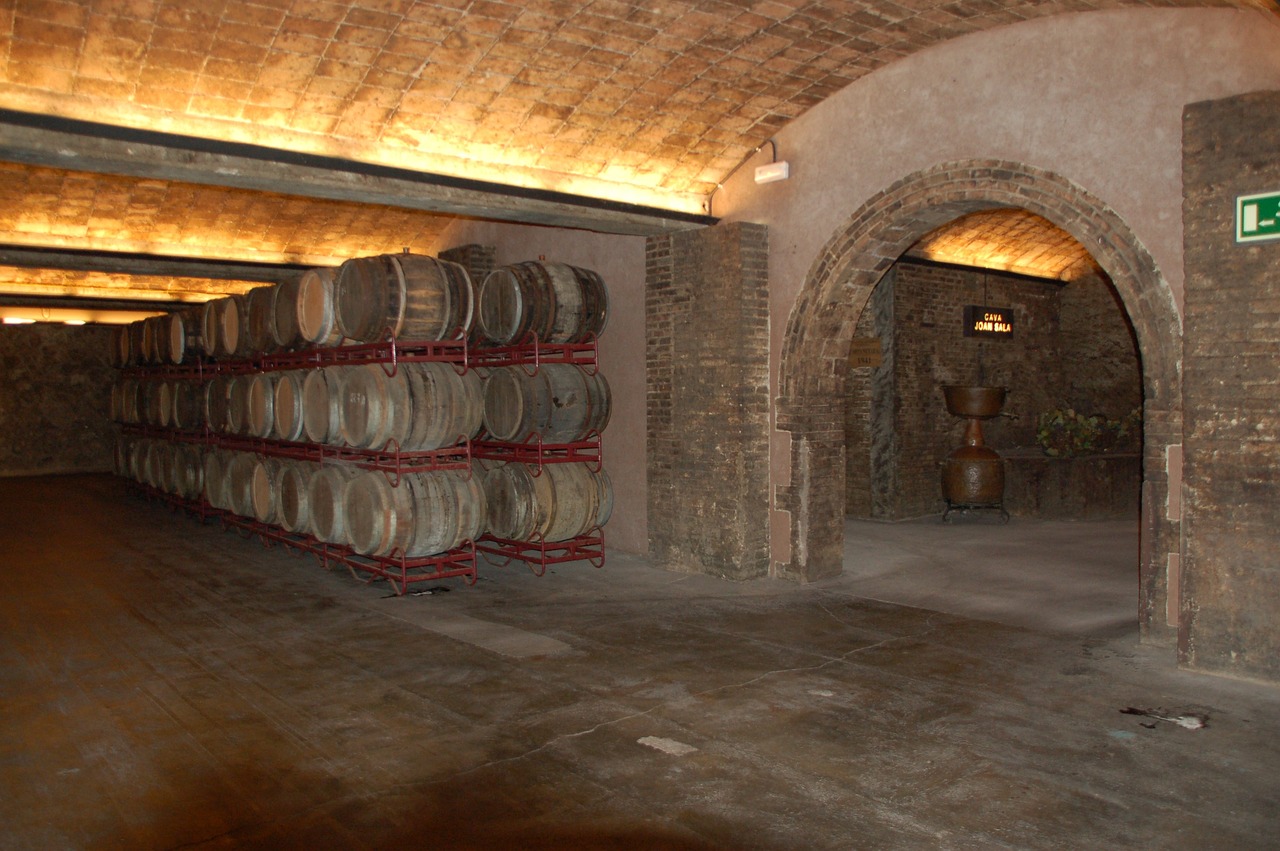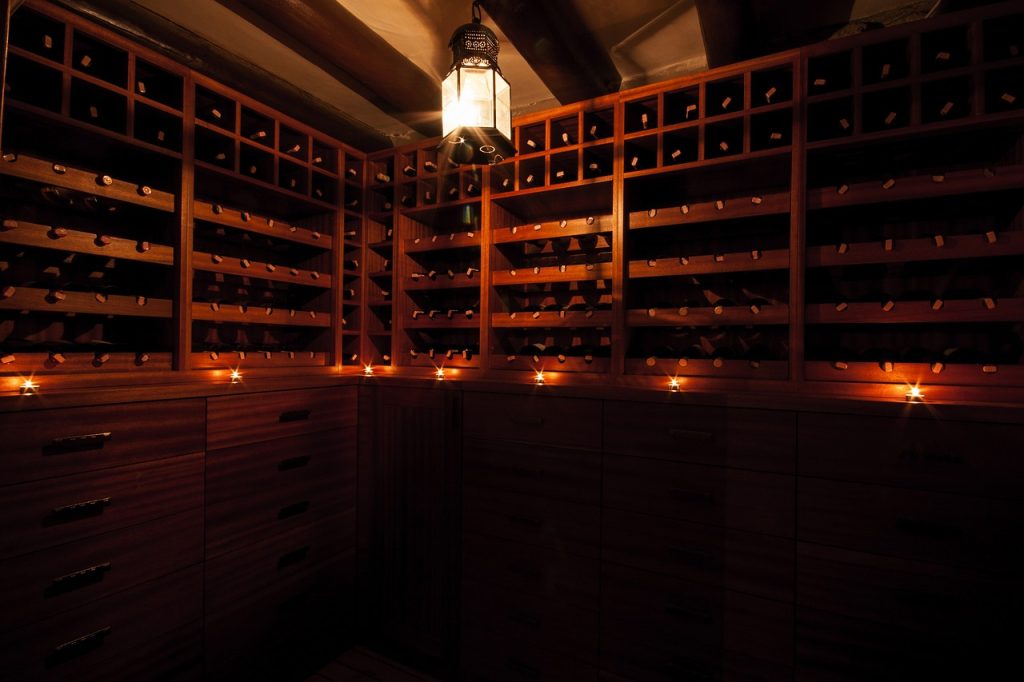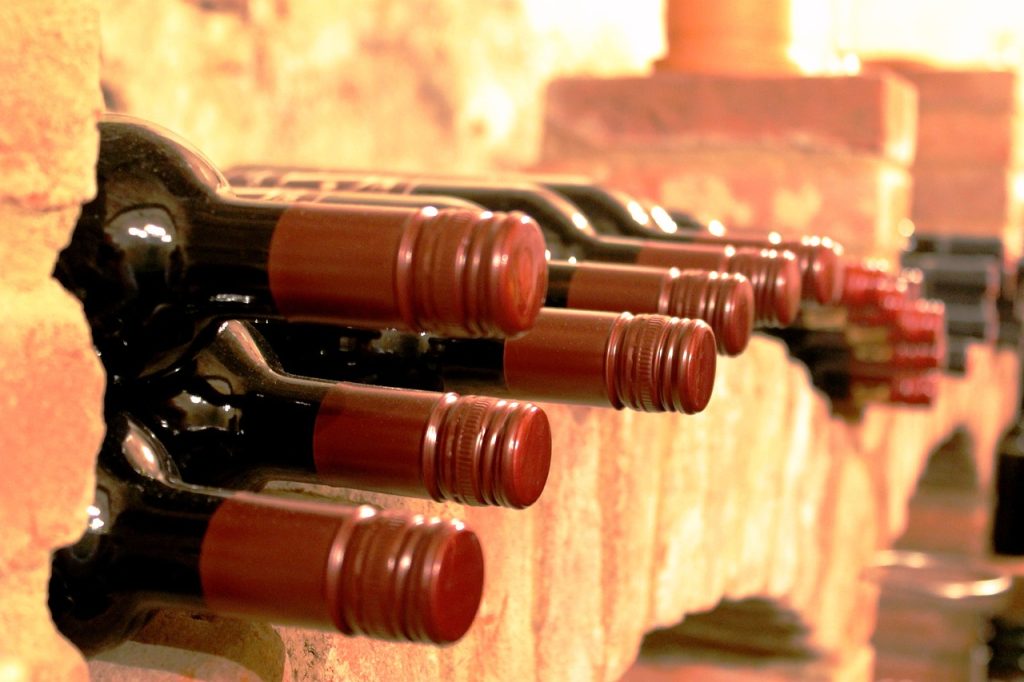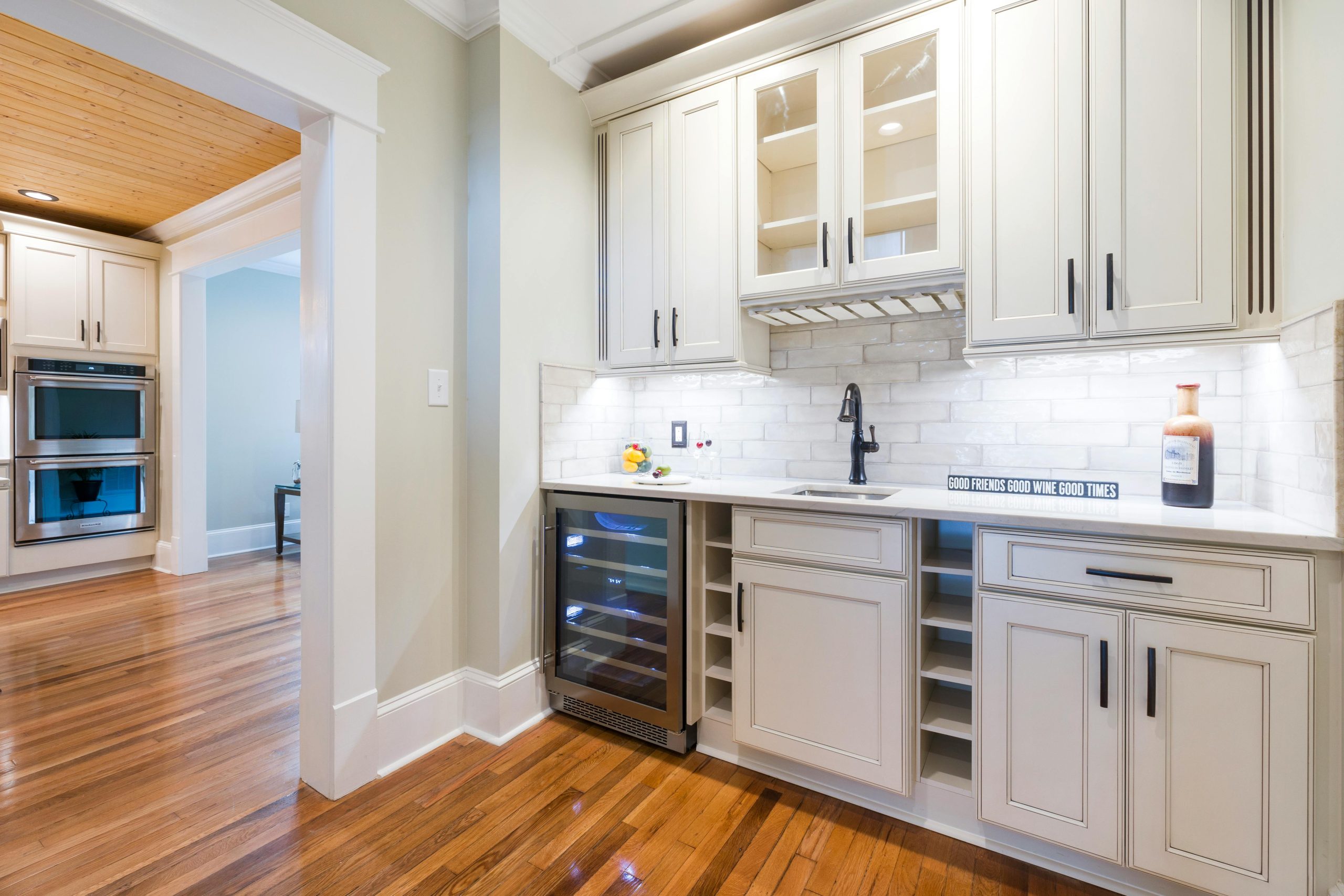
When you love wine but space is limited, getting creative with wine storage becomes essential. Whether you’re in a city apartment or a cozy home with no dedicated cellar, you can still store your precious bottles in a way that ensures they stay at peak quality while also adding a touch of sophistication to your living space. Here’s how to solve your wine storage dilemmas for small spaces, with some clever, practical, and even stylish solutions.
1. Understand Wine Storage Basics
Before looking into storage solutions, let’s quickly review the core principles of wine storage. There are a few key things every wine lover should keep in mind:
- Temperature: Wine should be stored at a consistent temperature, ideally between 12-15°C (55-59°F). Fluctuations can cause wine to age prematurely.
- Humidity: A humidity level around 70% is ideal. Too much humidity can encourage mold growth, and too little can dry out corks, leading to oxidation.
- Light: Wines should be kept away from direct sunlight. UV rays can damage wine and affect its flavor.
- Vibration: Minimize movement. Too much shaking can disturb the aging process of wine.
With these basics in mind, let’s look into storage ideas that work even when space is tight.
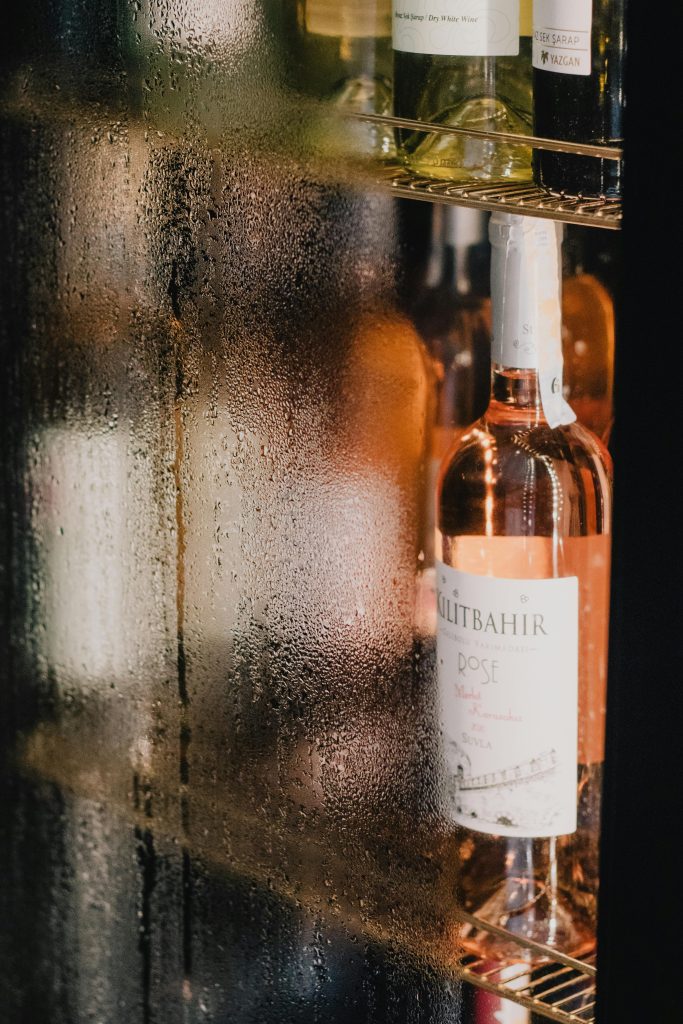
2. Under-Cabinet Wine Racks
If you have some underutilized space beneath your kitchen cabinets, consider an under-cabinet wine rack. These racks attach directly underneath the cabinet and allow you to store several bottles horizontally, the way wine is meant to be stored. This method keeps your wine accessible and beautifully on display without taking up extra counter space.
You can even combine it with hanging stemware racks to store your glasses alongside your bottles, creating a mini wine station right in your kitchen.
3. Wall-Mounted Wine Racks
When floor space is limited, think vertically. A wall-mounted wine rack can hold multiple bottles, keeping them out of the way but still within easy reach. Wall racks come in a variety of designs, from sleek modern styles to rustic wooden pieces, allowing you to match your home décor.
Some racks are designed to hold just a few bottles, while others can store up to 20 or more. This option works well in dining rooms, living rooms, or even hallways where floor space is at a premium.
4. Floating Shelves
Floating shelves are another great way to make use of vertical space. You can install a series of shelves on a kitchen or dining room wall to hold both bottles and glasses. This arrangement keeps everything organized and stylish without eating up any floor space.
Choose sturdy shelves that can handle the weight of multiple bottles. You can even combine floating shelves with decorative elements like framed wine labels, giving your wine display a personal touch.
5. Convert Closet Space
A coat closet or pantry can be easily transformed into a small wine storage area. With a few simple modifications, such as adding racks or wine crates, you can keep your collection stored in a dark, temperature-controlled space. You might even install a small cooling unit if you have more valuable or temperature-sensitive bottles.
Converting closets is perfect for people with limited open space who want to store wine out of sight but still in optimal conditions. Don’t forget to add some small battery-operated lights if you need better visibility in your closet-turned-cellar.
6. Wine Refrigerators for Small Spaces
If you’re serious about wine storage but lack space for a traditional cellar, a compact wine refrigerator is an ideal solution. These fridges come in a range of sizes, with options to hold anywhere from 6 to 40 bottles.
They’re designed specifically for wine, maintaining the perfect temperature and humidity levels. Some models even come with dual zones, allowing you to store both white and red wines at their ideal temperatures. You can tuck a small fridge under your kitchen counter or in a discreet corner.
7. Stackable Modular Wine Racks
For flexibility in a small space, stackable modular wine racks are a lifesaver. These racks can be adjusted to fit whatever space you have, whether it’s a narrow corner or a shelf in your pantry. You can start small and add more units as your wine collection grows.
Since modular racks are customizable, you can easily move them around if needed, making them a great solution for renters or those who frequently rearrange their space.
8. Corner Wine Storage Units
Many homes have awkward corners that are hard to utilize effectively. Corner wine storage units make the most of this often-wasted space. Whether it’s a small shelf, a corner wine cabinet, or even a rotating lazy susan designed for bottles, using a corner can add some much-needed storage capacity without taking up the middle of the room.
This works especially well in living rooms, where you can combine wine storage with other decorative elements like plants, artwork, or books.
9. Wine Crates or Boxes
If you’re looking for a budget-friendly and rustic solution, repurposing wooden wine crates or boxes can be an effective and aesthetically pleasing option. Stack them in various configurations to create a flexible, DIY wine storage system that works for your available space.
Wine crates can be placed in a closet, under furniture, or even stacked to create a makeshift wine wall. Since they can be easily moved, they’re a great option for people who need flexibility in their storage solutions.
10. Under-Stair Wine Storage
If you live in a multi-story home, the space beneath your stairs can be a perfect place for storing wine. Often overlooked, this area can be converted into a sleek and stylish wine storage solution. You can either install custom-built racks or use modular storage units to fit the dimensions of the space.
Under-stair storage is ideal because it tends to stay cool and dark, protecting your wine from heat and sunlight.
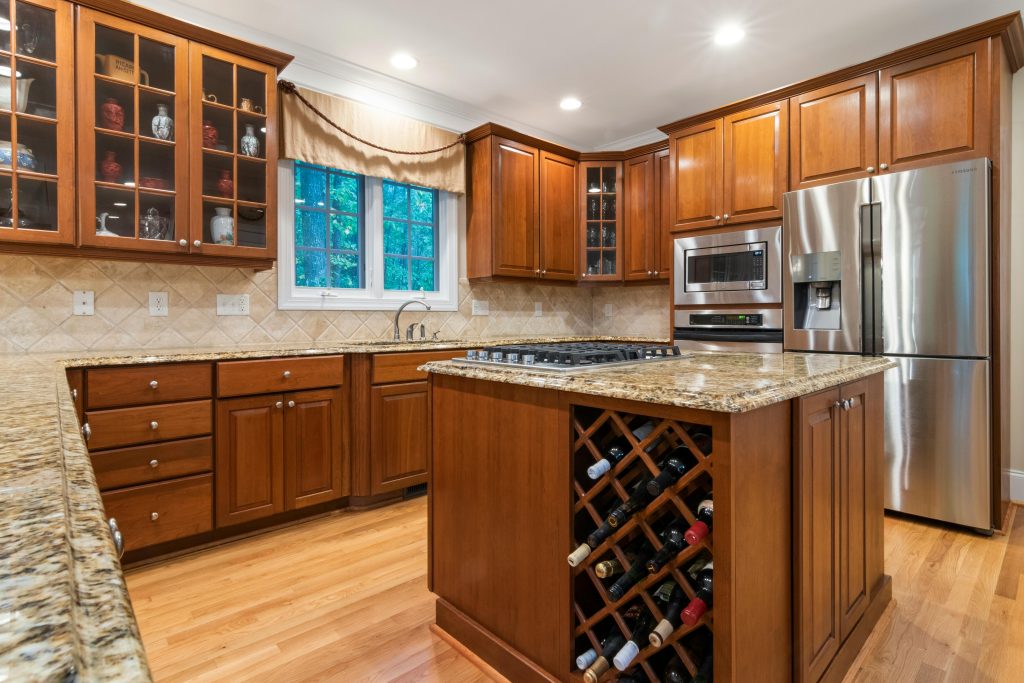
11. Furniture with Hidden Wine Storage
For a truly integrated storage solution, look for furniture that comes with built-in wine storage. Coffee tables, end tables, and console tables with hidden compartments or wine racks can double as functional furniture and wine storage. This option works especially well in small living rooms or dining areas.
Look for furniture pieces that fit your space and complement your existing decor. It’s a practical and stylish way to keep your wine collection close without sacrificing precious square footage.
12. Repurpose a Bookshelf or Sideboard
Sometimes the best solutions are right in front of you. A sturdy bookshelf or sideboard can easily be transformed into a wine storage unit. Simply add some wine racks or holders to keep the bottles horizontal, and you’ve got yourself an instant wine display.
This is a great option if you already have a bookshelf that’s underutilized. You can mix and match wine storage with books or decor for a visually interesting and functional setup.
13. Portable Wine Carts
If you entertain often, a portable wine cart can be a stylish and practical way to store your wine in a small space. Wine carts come with built-in racks for bottles and glasses, making it easy to roll your collection from one room to another during dinner parties or wine tastings.
When not in use, simply tuck the cart into a corner or against a wall. It keeps your wine handy without taking up permanent space.
Final Thoughts
You don’t need a sprawling wine cellar to store your wine properly. Whether you opt for wall-mounted racks, floating shelves, or a small wine fridge, there are plenty of ways to make room for your wine collection, no matter how limited your space may be.
With these wine storage solutions for small spaces, you can keep your bottles safe, accessible, and beautifully displayed—ensuring that when you’re ready for that perfect glass, your wine is at its very best.
